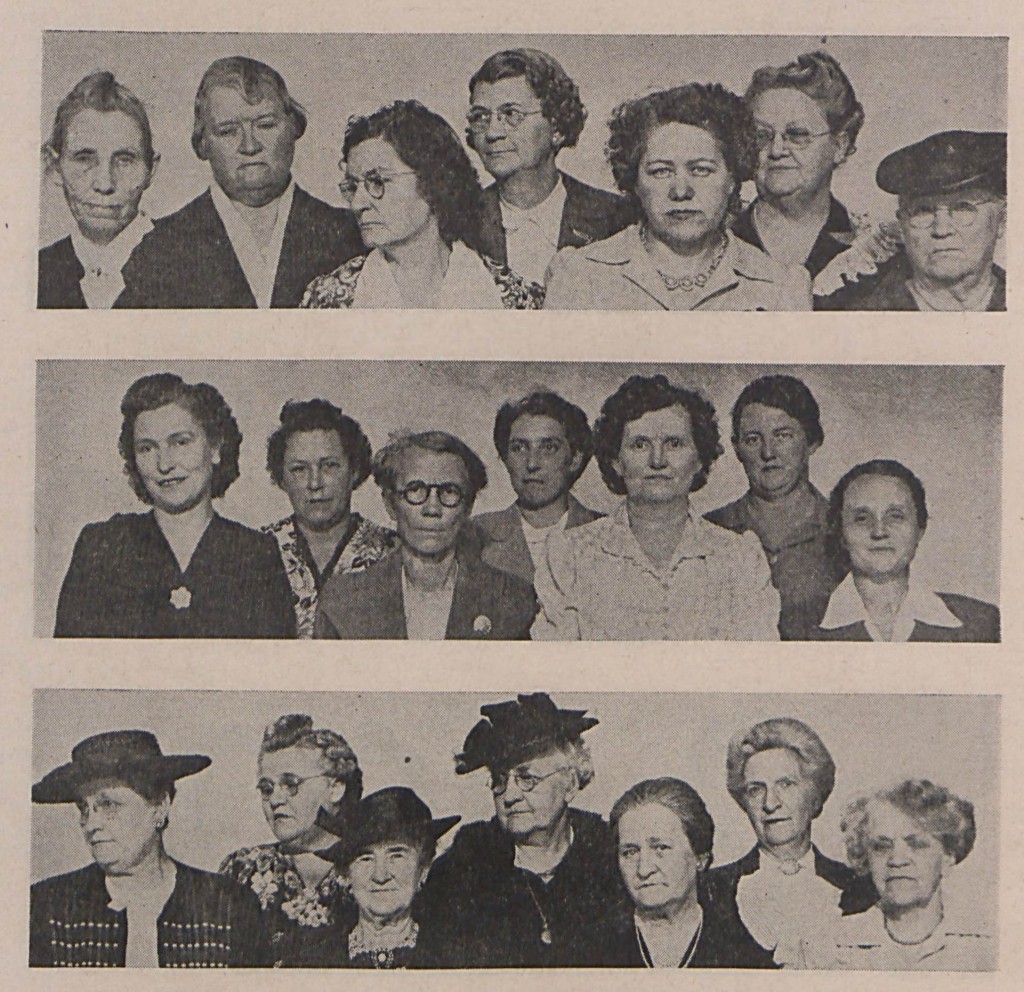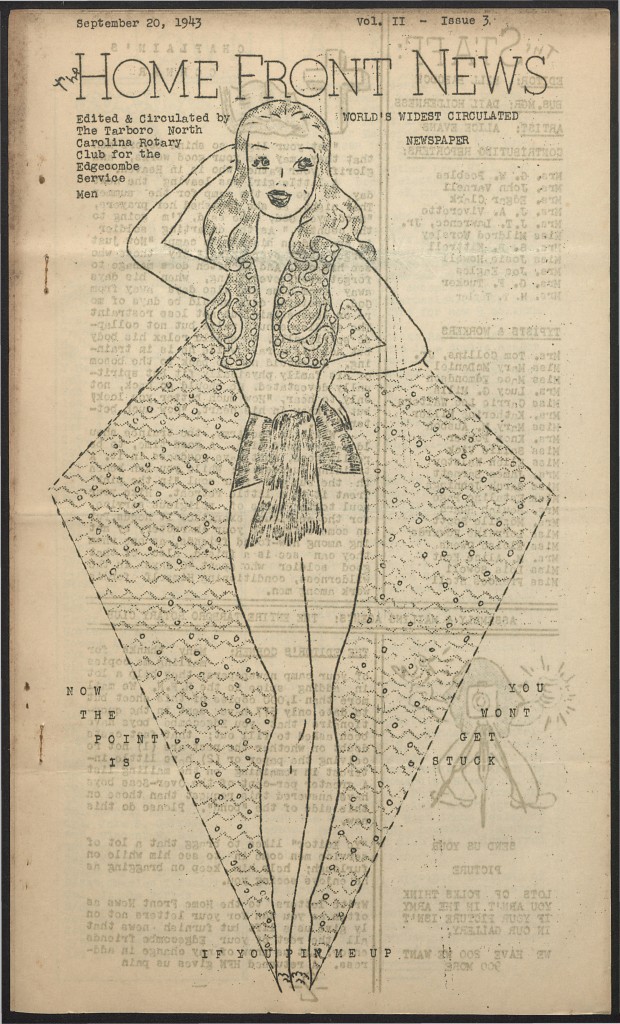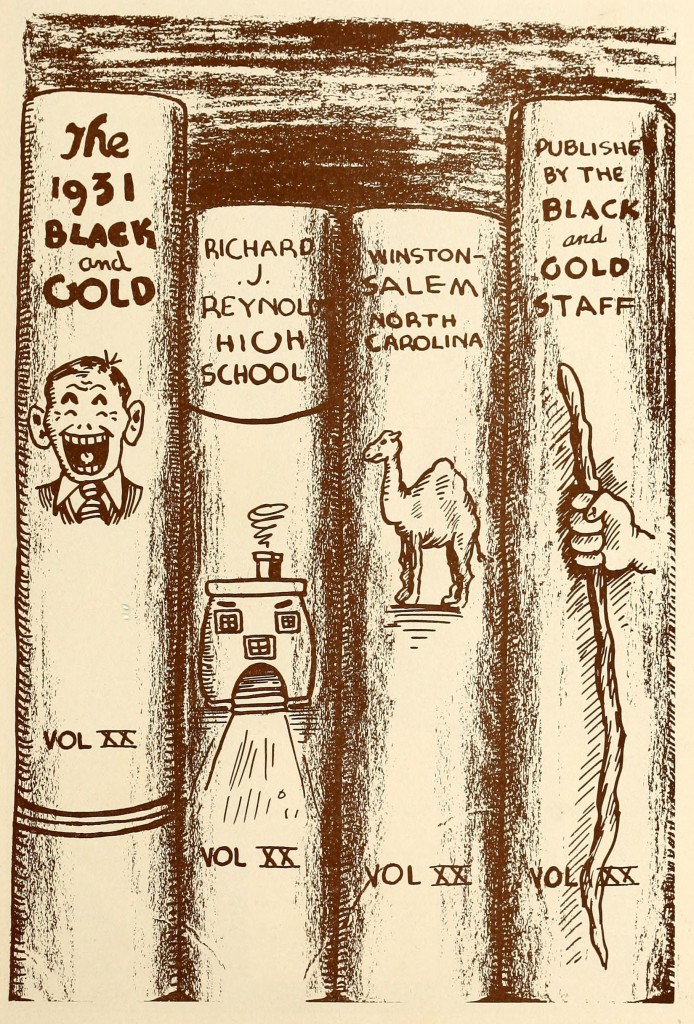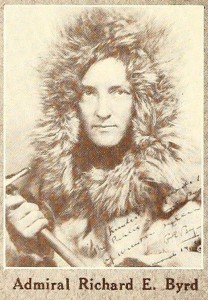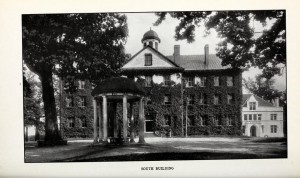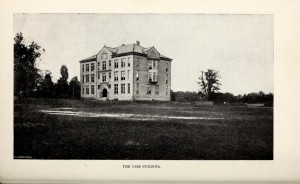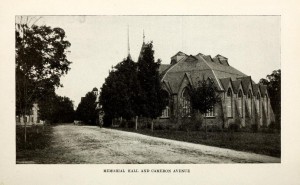
English History through Historical Novels (1957), Thomas Wolfe: Carolina Student (1950), Africa: South of the Sahara (1955), The Southern Garden (1934), and Books as Windows to Your World (1956).
Interested in studying reading, writing, or politics? Check out these newly digitized UNC Library Extension publications from 1934-1958. The Library Extension Publications provided introductory essays and accompanying short study outlines based on library materials. The essays cover a wide range of contemporary literary and academic issues, either addressed in a standalone issue or in a series (e.g. “Adventures in Reading” and “Other People’s Lives”). Particularly interesting are the articles covering the political turbulence in Europe leading up to the second world war. Europe in Transition [1935] takes a brief early look at the contemporaneous rises of Mussolini and Hitler, as well as the political climate of the rest of Europe. For more on the politics of Europe at that time, check out Political Problems in Present-Day Europe 1938 and 1939.
These volumes are shared from the North Carolina Collection at the University of North Carolina at Chapel Hill.
